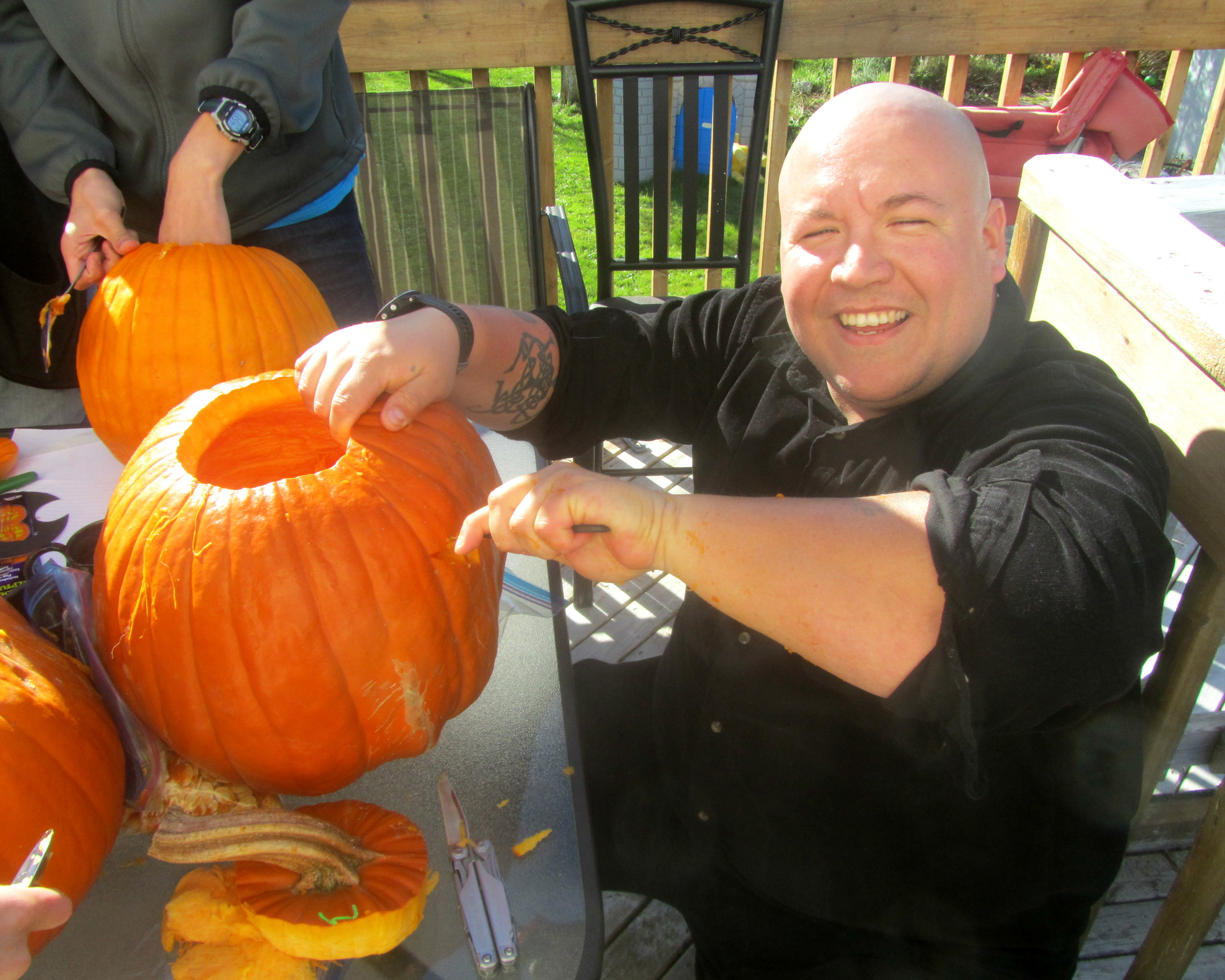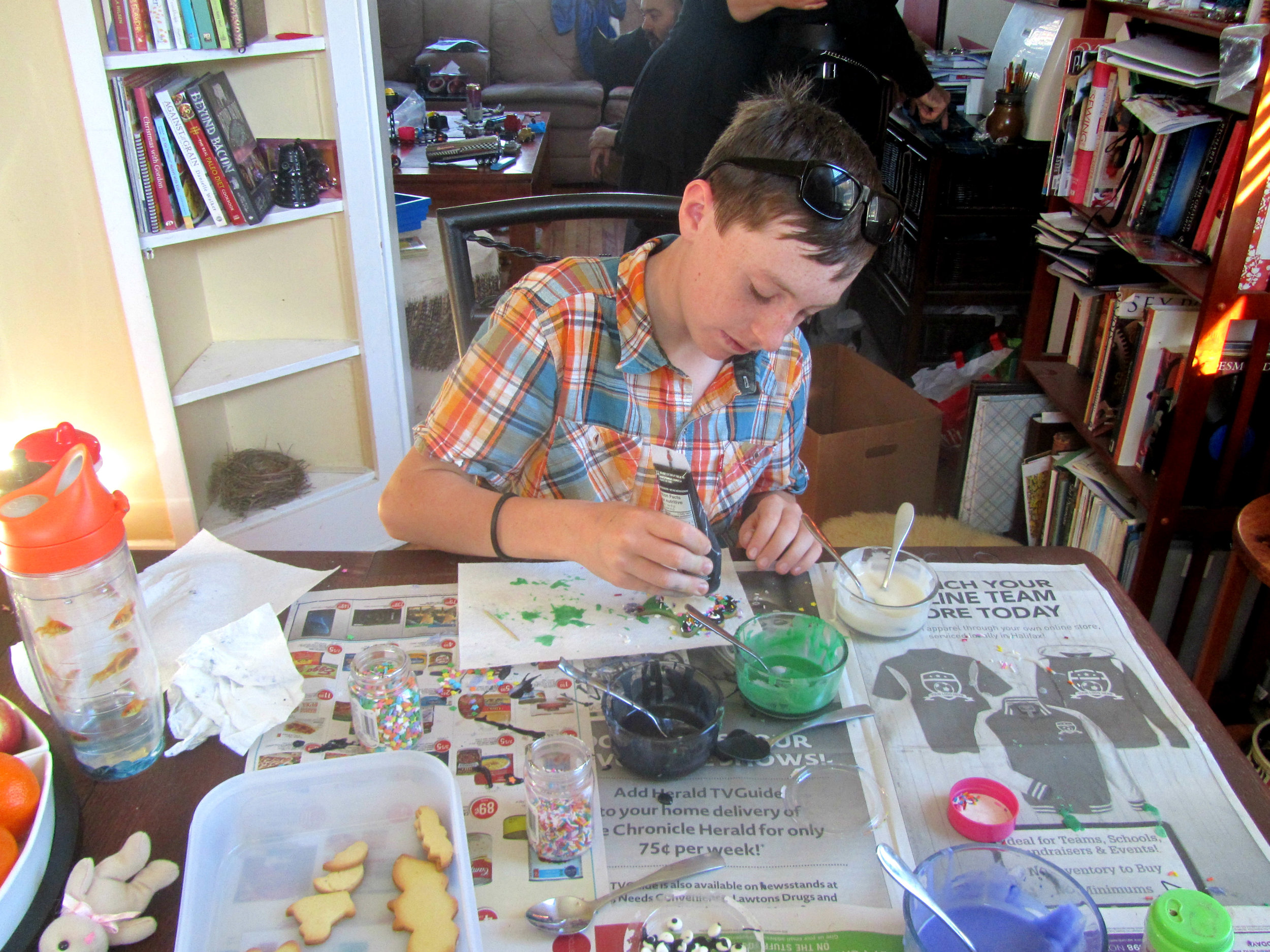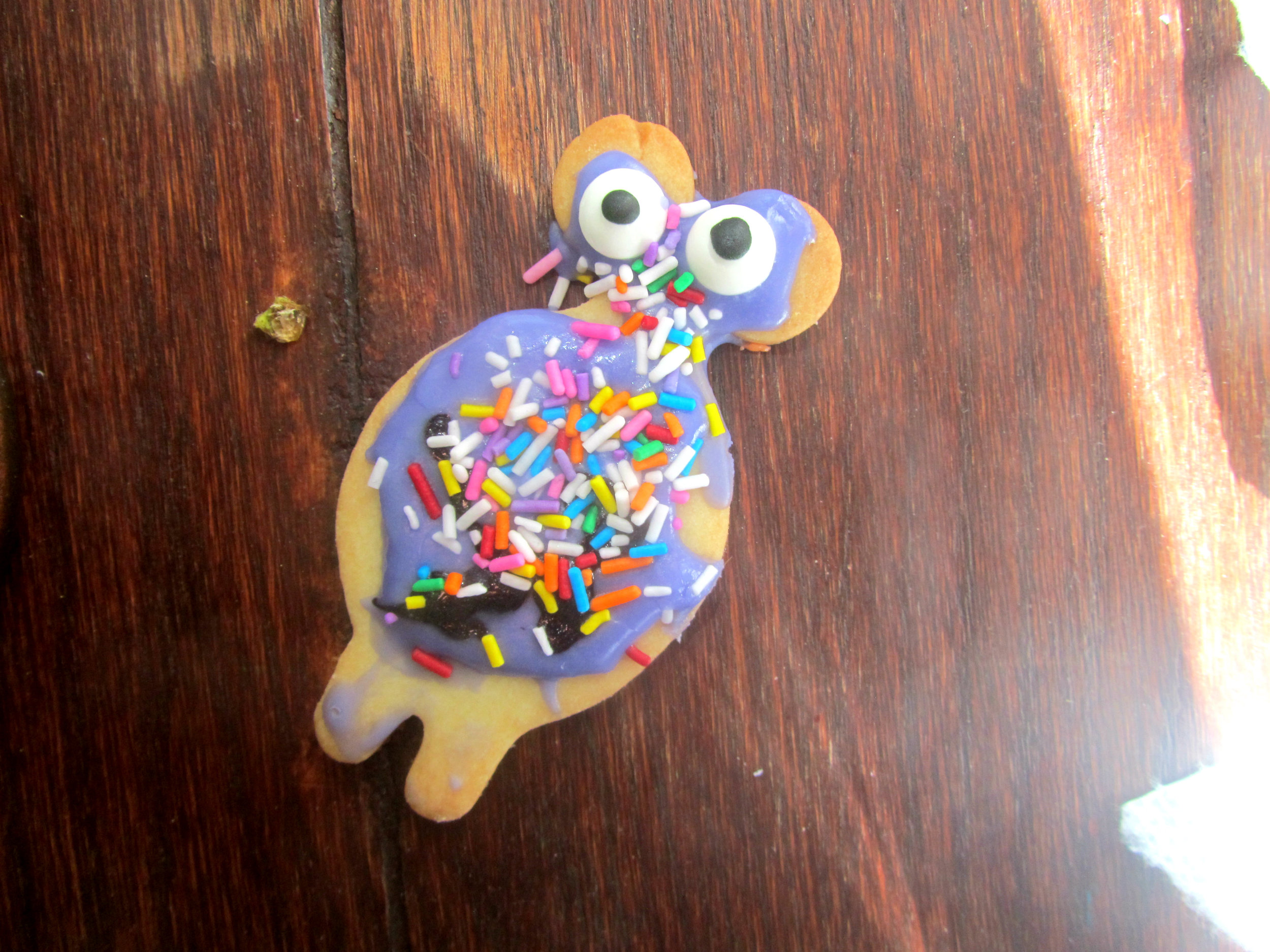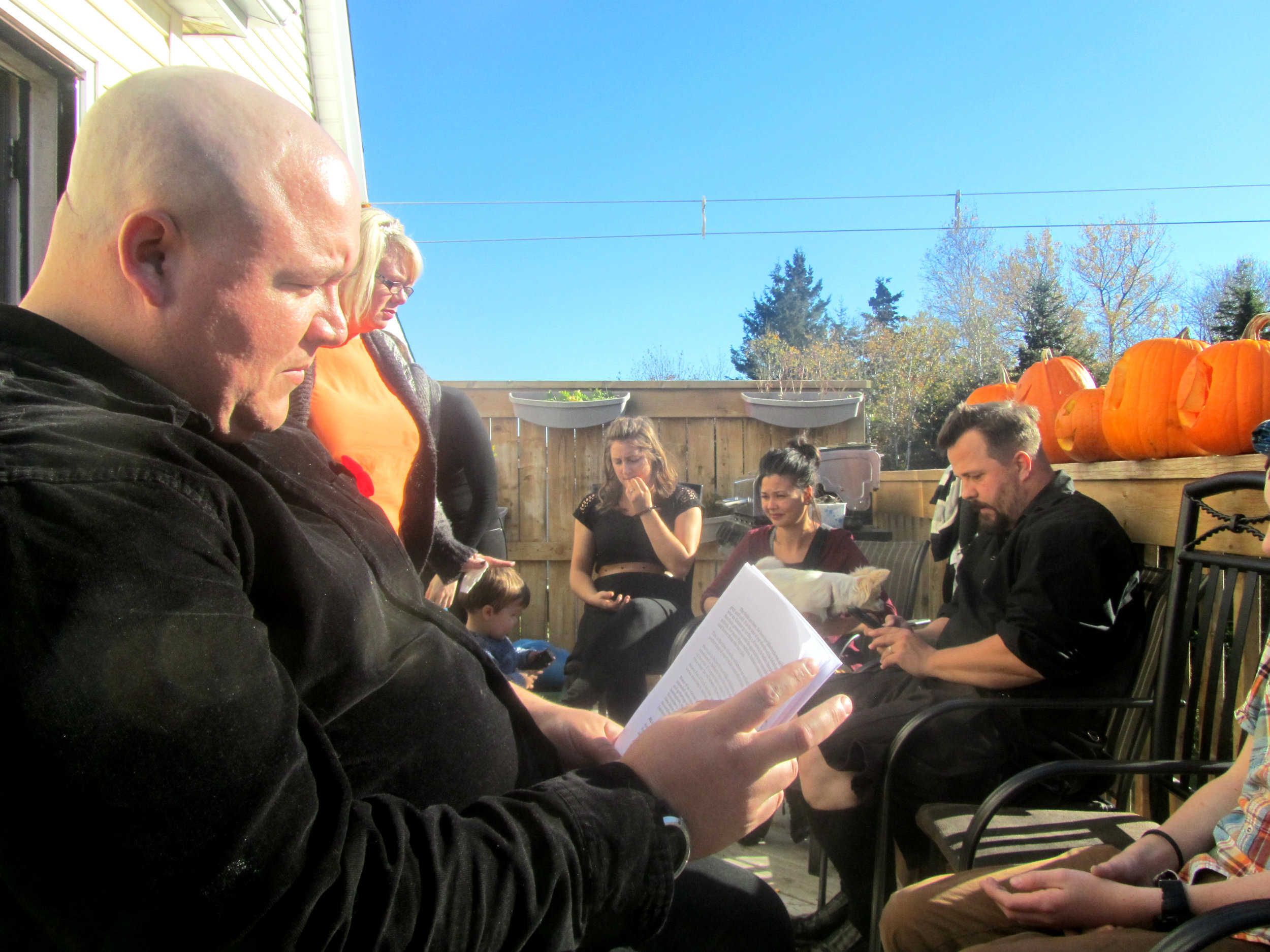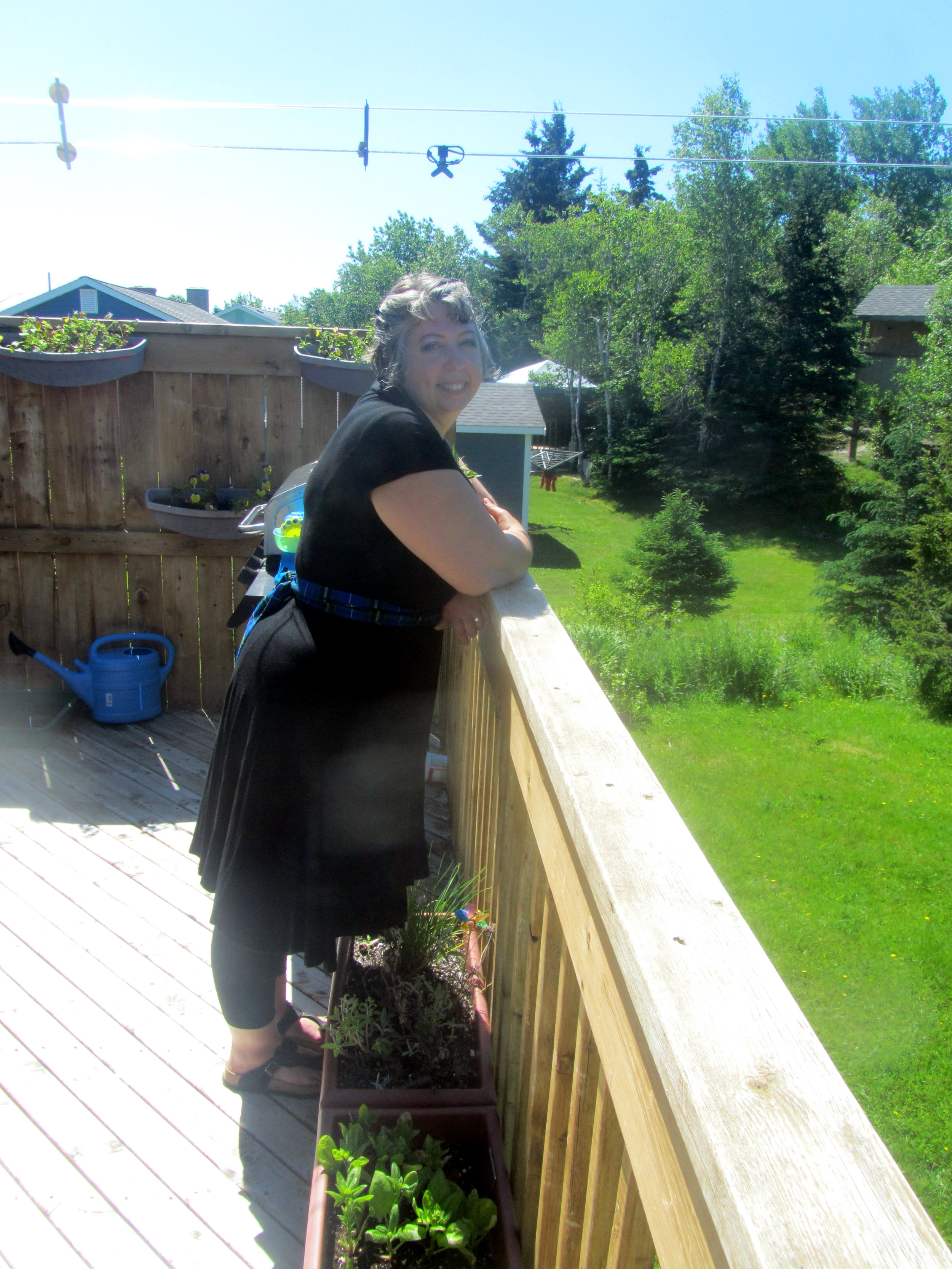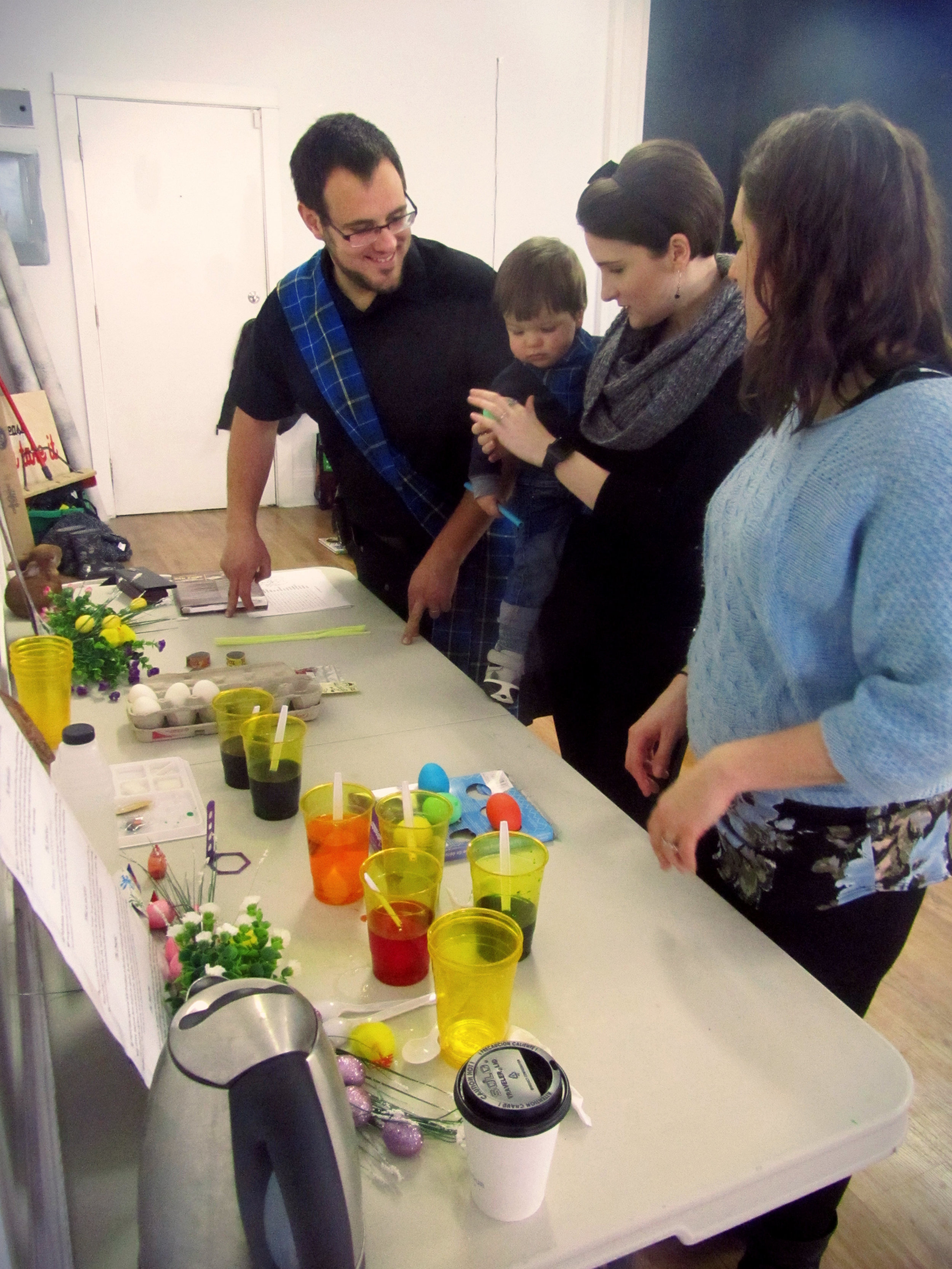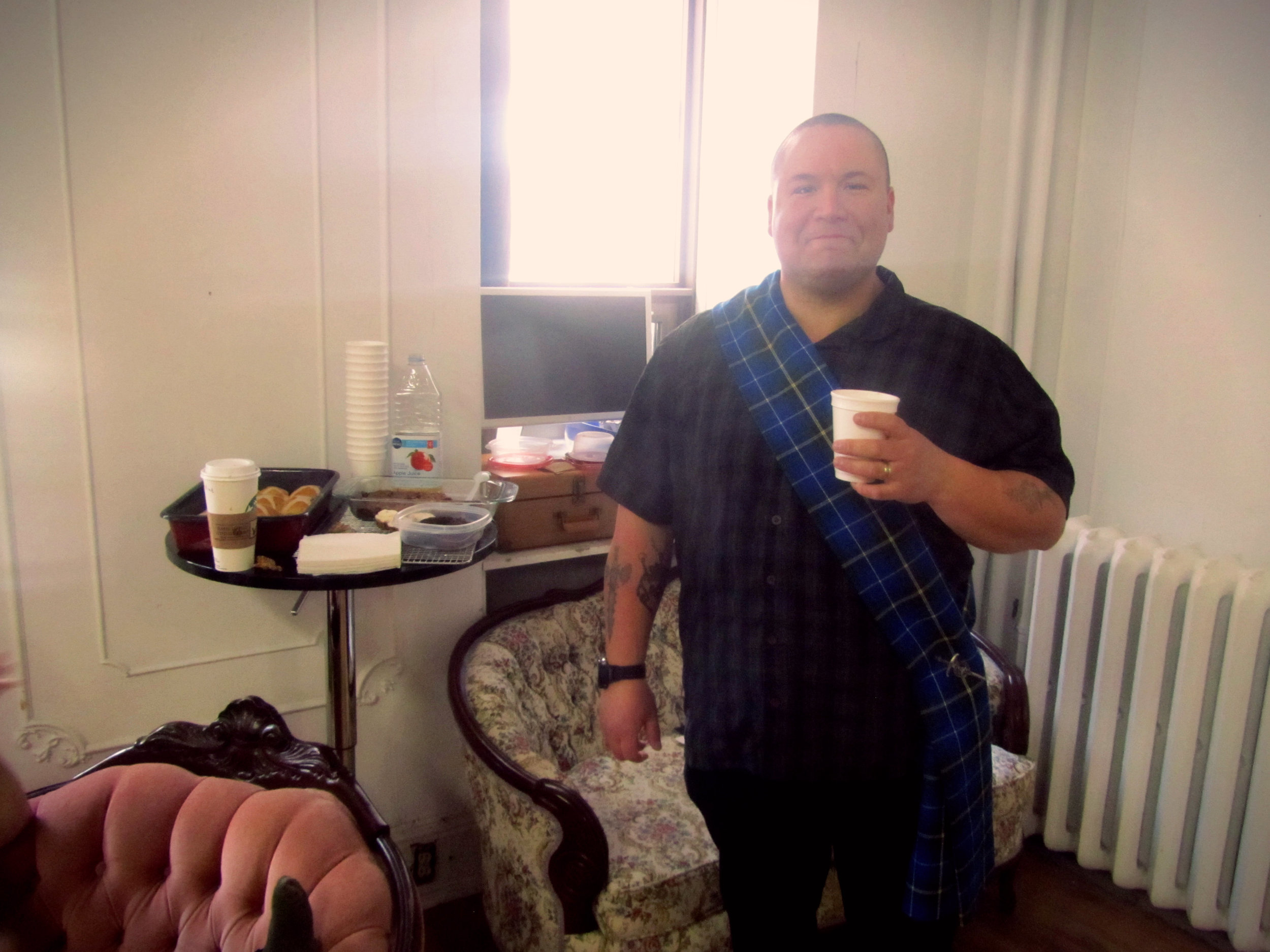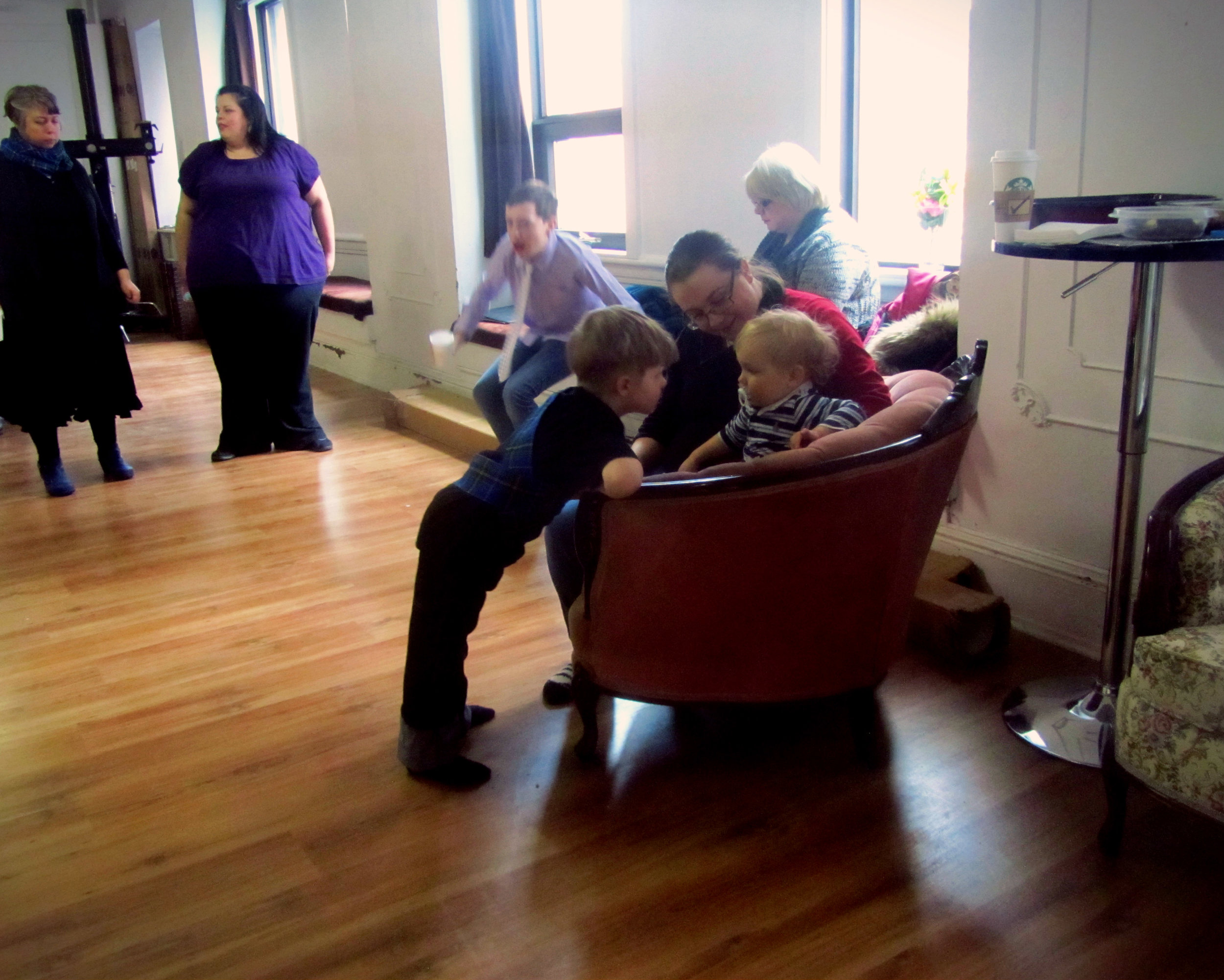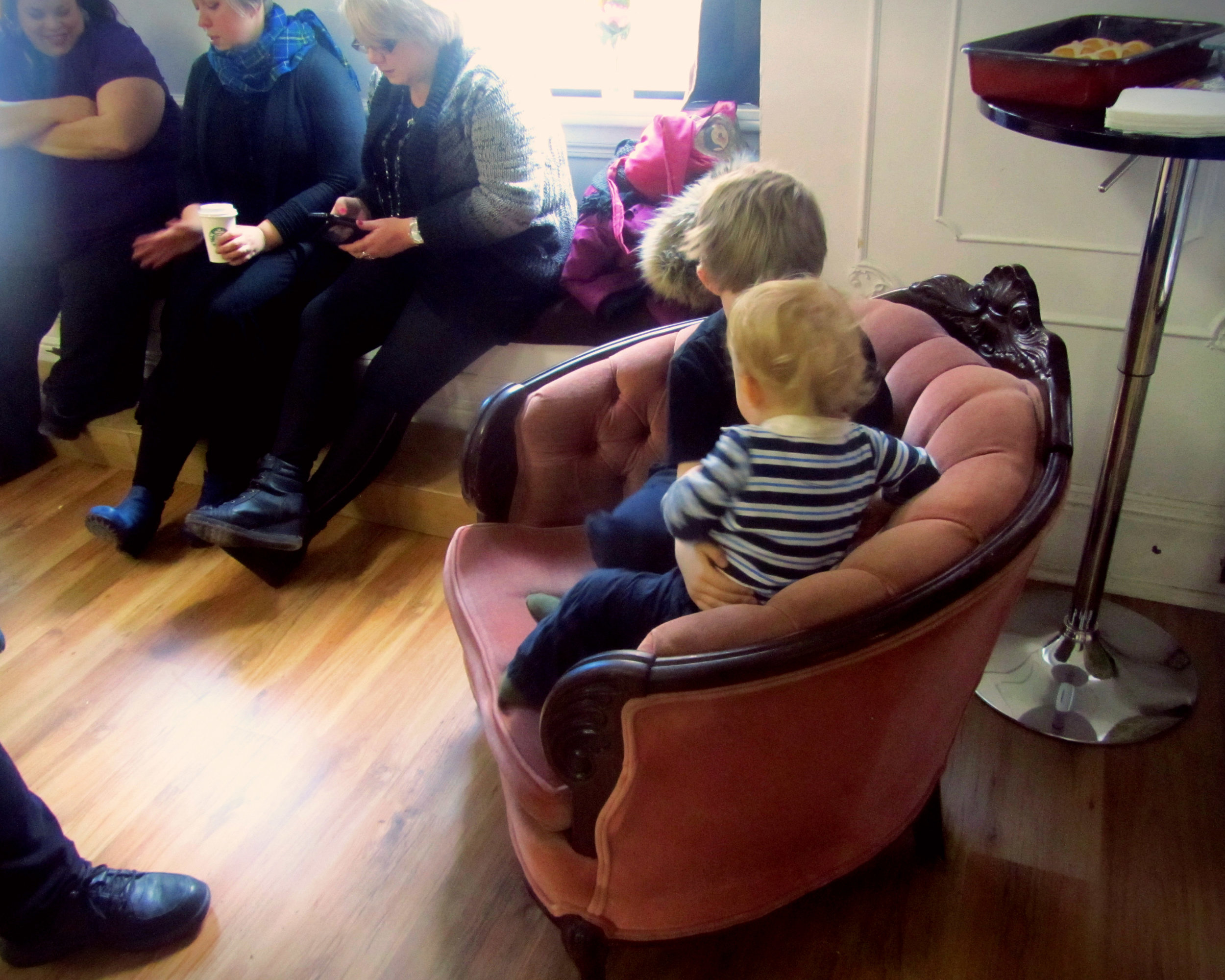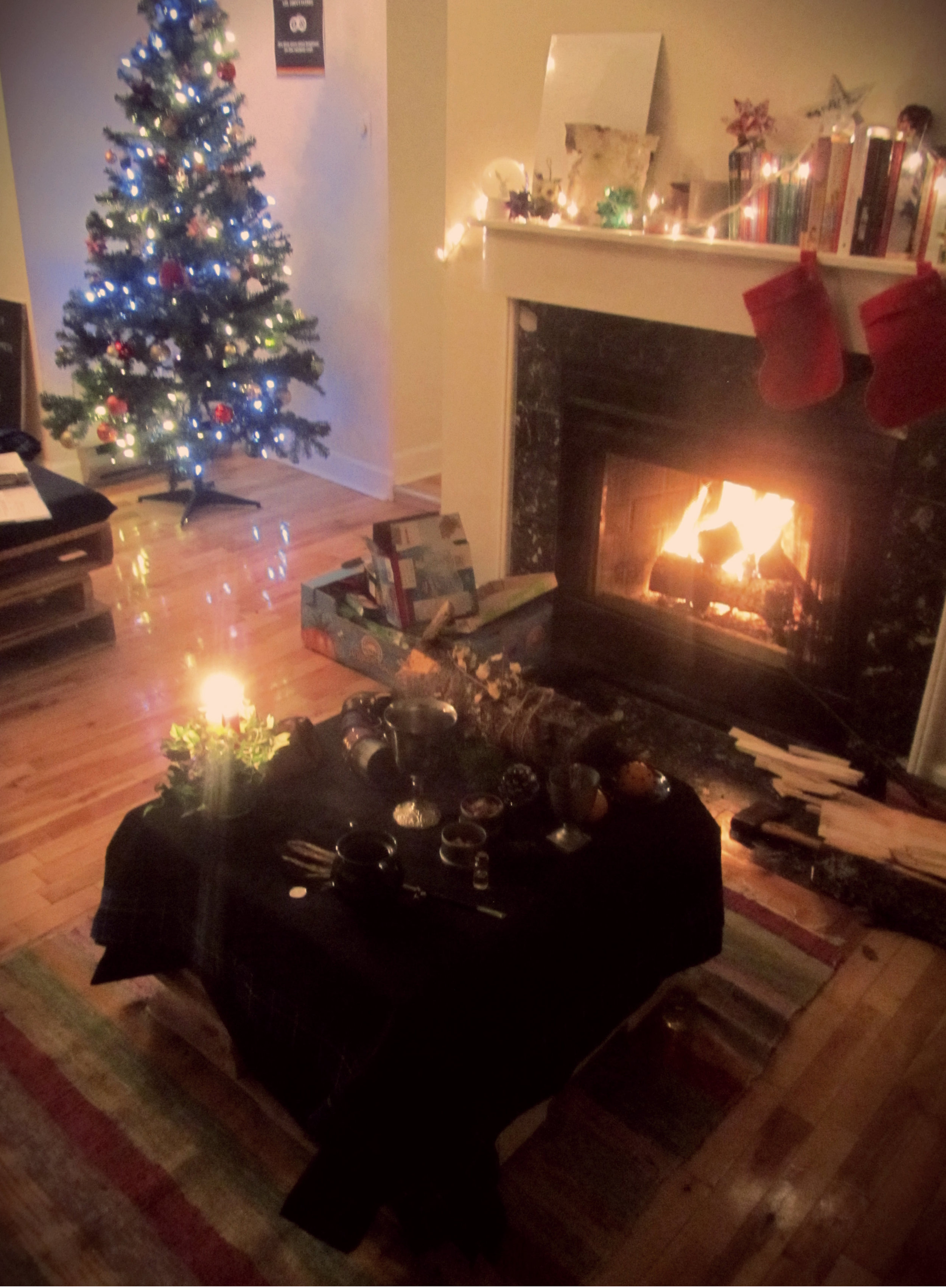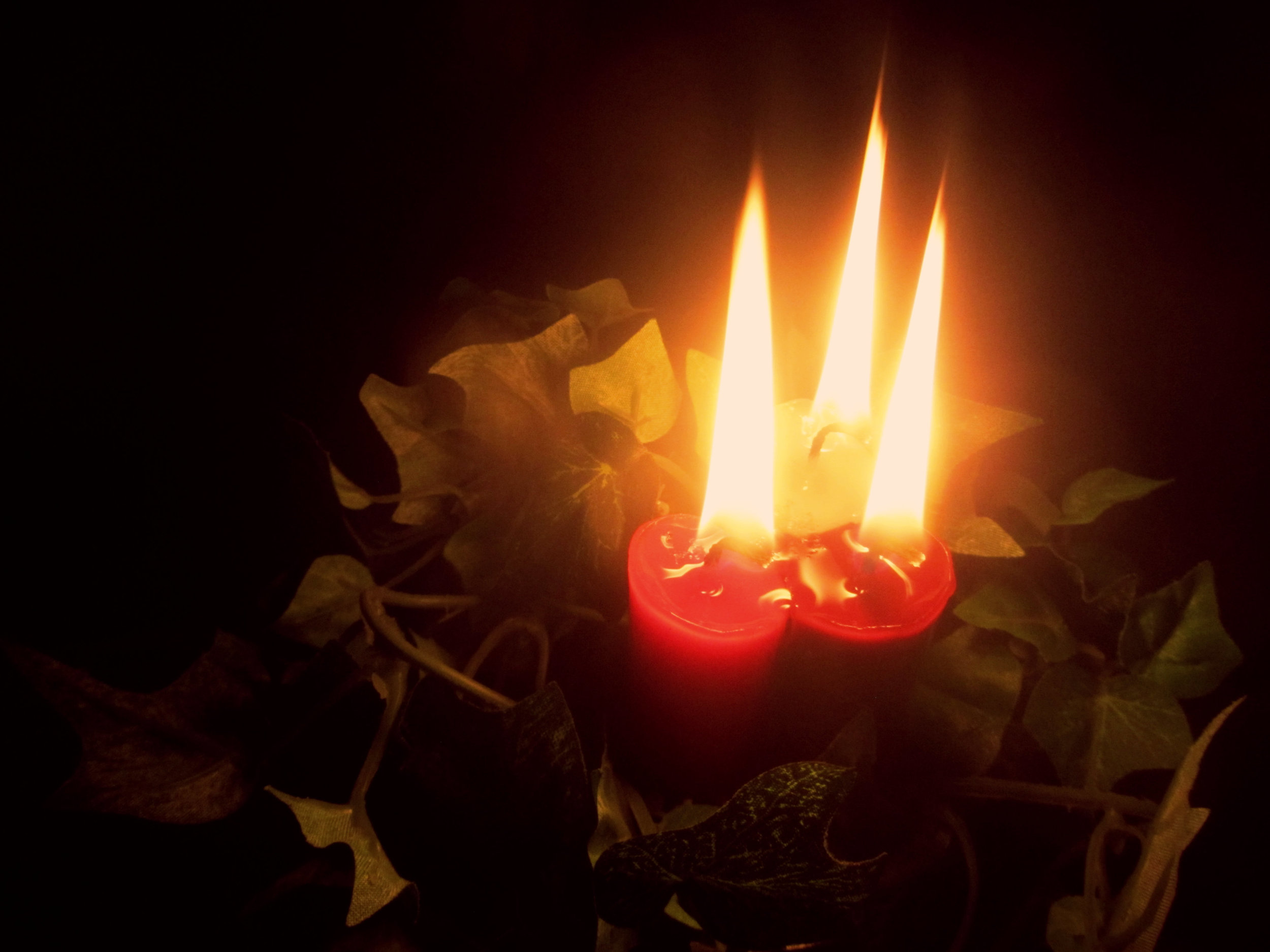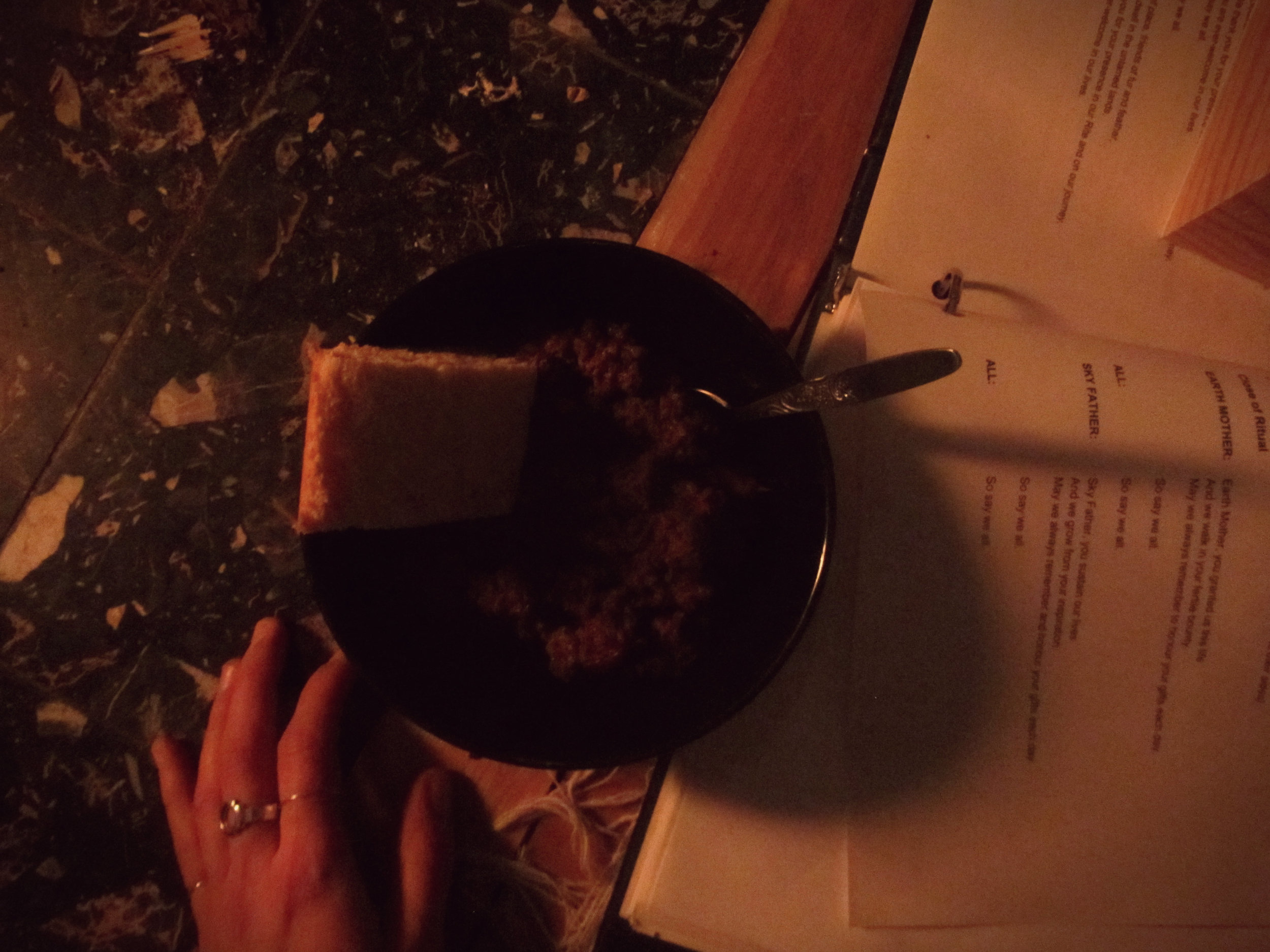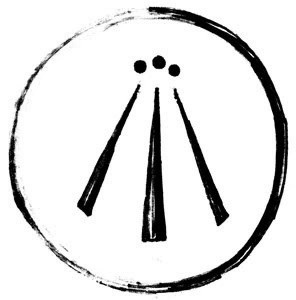
BLOG
Summer Solstice

At the beginning of the month, a small group of us came together to cast away our stresses, relish the cool grass between our toes, and embrace the sun-warmed Earth. For the next few months, as the nights begin once again to lengthen and the shortening days are bright and full of life, we can be present and enjoy this rest before the harvests of Fall.
(It is also a good time for gathering herbs, for both magical and mundane purposes.)

It is a pagan custom to honor the dying God, as the sun reaches it’s peak and begins to wane. So we honoured the gods, the ancestors, and the spirits on this beautiful midsummer afternoon, and then we ate and we laughed and we enjoyed each others’ company.
And we wish for you all the loveliest of summers, filled with the juiciest of berries, the sunniest of days, the warmest of company, and the heartiest of laughs.
(And also s’mores. Because s’mores.)
-xo
Celebrating the Renewal of Life
“The birds return from the southern lands, bearing spring time beneath their wings. Nature has awoken, seeds are sprouting, tree buds are bursting, the earliest plants are starting to fight their way from the frozen earth, and the birds and animals are preparing to have their young.“

“Ostara is the time when we recognize the importance of planting, growing, and nurturing new ideas, projects, plans, and plants, while seeking to maintain balance in our lives.“
This past weekend, our grove hosted our Ostara ritual. It was a lovely, happy, sugar-fueled, chaotic gathering, with kiddos running around left, right, and center. It’s amazing how in a few short years, our family has grown to include so many adorable little people, each bearing their own unique personalities, wonders, and curiosities. (And also trouble-making capabilities. Let’s not forget that one.)
As a grove, we have come to deeply cherish these young lives, the energies and the laughter they bring into our circle, and our rituals and our traditions are evolving into these family-friendly, kid-inclusive events, where we get to delight in each others’ accomplishments, in baby’s first steps; where we get to marvel at ever-growing vocabularies and unexpected insights; where we get to share stories and experiences and rejoice in each other as friends, as family, as human beings just living this beautiful life.
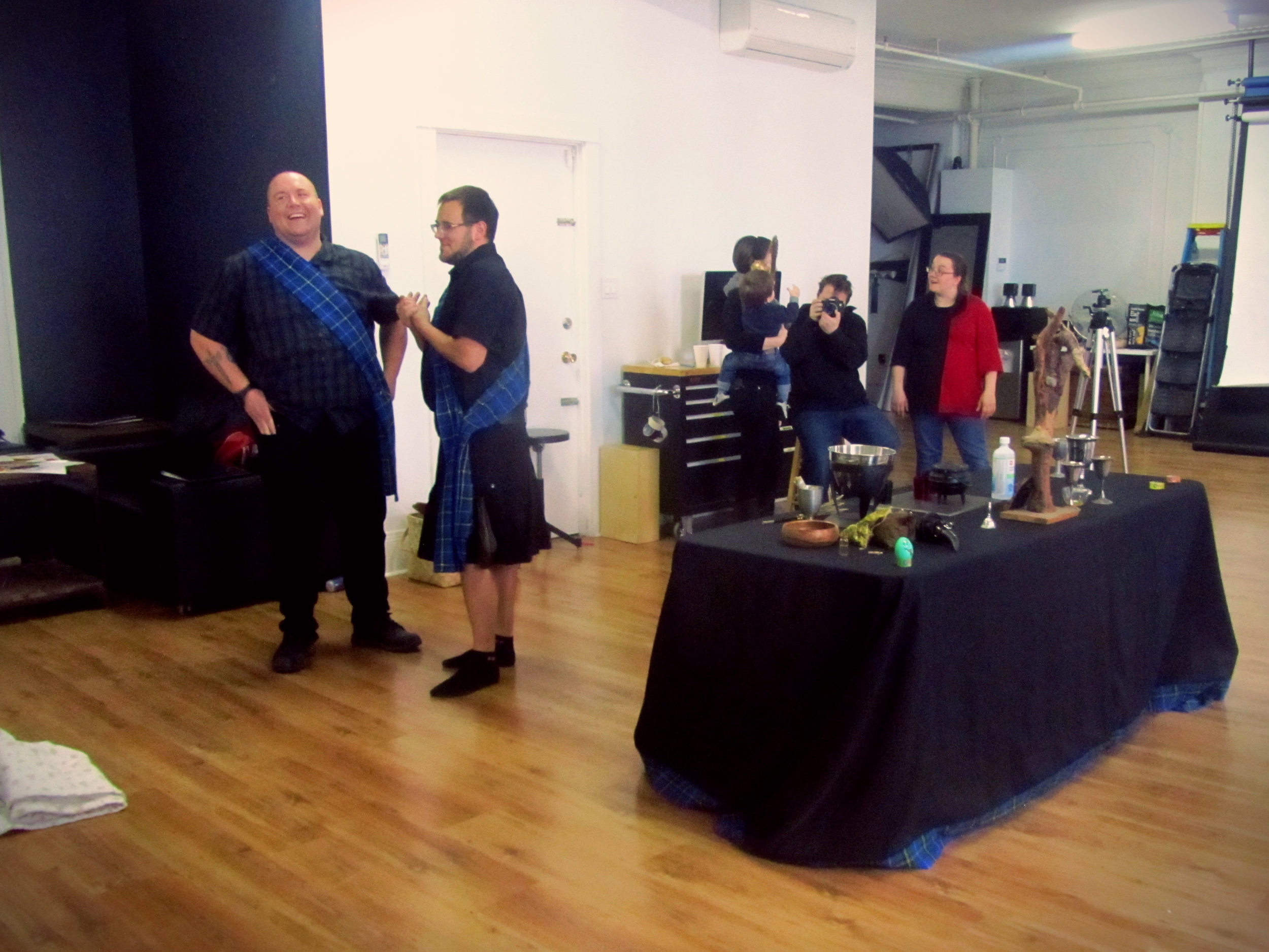
“The Spring Equinox allows us to step from the dark into the light half of the year and gives us the first signs of spring in the land.[... It] is a time of creativity, growth, and the seeing of new beginnings.“
Let us celebrate this renewal of life.
Let us breathe in the scents of new blossoms, feel the warmth of a new sun, and hear the songs of the earth below and the skies above.
And, in the spirit of Ostara, let us clean our houses, paint some eggs, and eat some chocolates.
Happy Ostara, from us to you!
xox
(All quotes are excerpts from the afternoon’s ritual.)
Supporting Interfaith Harmony Week
We are happy to share this photo of our Community Outreach Coordinator, Daniel Negus, receiving a certificate of participation for Interfaith Harmony Week.

Awesome work, Dan!
See you all next year!
Yule 2016

“Back at the time of Samhain, the Green Man, old and tired and naked of leaf and vine, bundled himself against the impending long, cold, dark nights and welcomed a deep and well-deserved rest. While he settled to sleep, we cast into the universe our hopes, dreams, desires, and wishes for the new year, before we too pulled our blankets up and waited for the days to once again grow long.
The night of Yule, the Winter Solstice, brings with it the rising of a new sun and the rebirth of the Green Man. We have made it through the darkest time of the year, the longest night, and we rejoice. Through the burning of the Yule log, we invite the light back into our homes, and we celebrate the knowledge that with all endings come new beginnings.”
Last night, we were finally able to get together for the celebration of Yule. There was singing and laughing and the sharing of bowls of homemade chili and cornbread and too many butter-tarts.
And also cat cuddles. (Because sometimes stereotypes are real.)
As spoken in ritual,
“let us take a moment to reflect on the love and respect we share for ourselves, each other, and this family. Let us continue to be present in each others’ lives, and to support one another through whatever challenges we each may face. […] Let us laugh and share, and be grateful for this life and this day, this fire and this food, these precious young souls, our homes, our jobs, our abilities to breathe, to speak, to listen, and to love.”
Happy Yule from all of us here in the GNSD!
-xo
The Awen
When you think of Druids, a few things often come to mind: trees, acorns, and the awen. This last, the awen, is of particular interest to us as it is the symbol of our grove. So, what does it mean, what does it stand for, and why is it important to us?
Awen, pronounced “ah-when”, is derived from the Indo-European root *-uel, meaning “to blow”, and has the same root as the Welsh word awel, meaning “breeze’”. There is a parallel word to ‘awen’ in Irish, ai, which means “poetic inspiration”.
In the Welsh tradition, the awen is seen as the spark of creative or divine inspiration or illumination. It is that which motivates an idea and gives it form. It’s likeness can be meditated upon to draw creative insight for artistic projects of all kinds.
The three dots, or “points of light”, represent the triple aspect of Deity and, on another level, the rising of the sun on the equinoxes and solstices.
The three “rays of light” serve to remind us of the importance of the number three, a sacred number in druidry, as it is in many pagan paths. It is represented, for example, by the three realms: land, sea, and sky (or middle world, upper world, under world); the three methods of studying/experiencing druidry: the bard, the ovate, and the druid; and the “triads”, which were ancient Celtic laws and bits of wisdom expressed in threes.
The awen represents not only inspiration but also the creation that ensues and the spirit embedded in it. These are qualities important to any Druid, ancient or modern.


